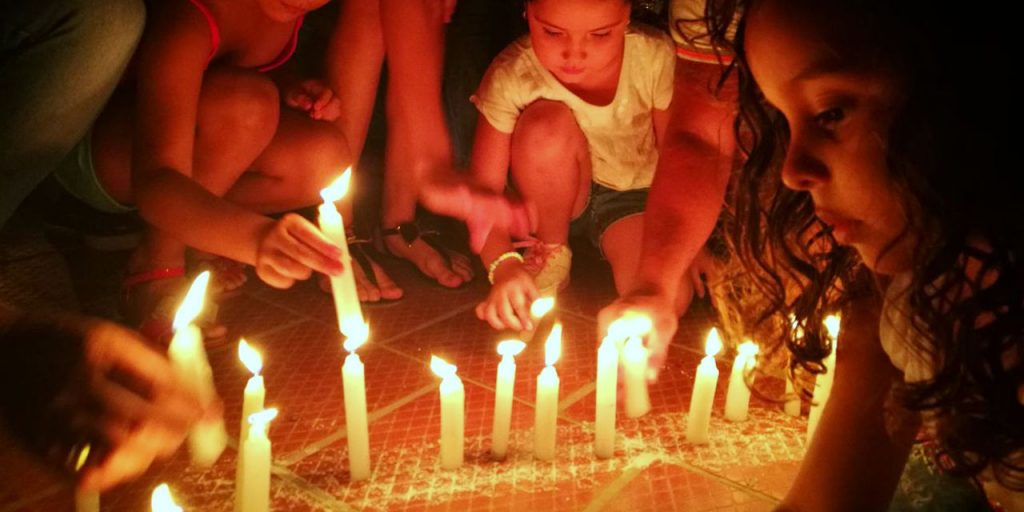Some 16,000 people from northwest Colombia have been displaced since fighting broke out between ELN and EPL guerrillas in mid-March, according to the United Nations.
The turf war between the rival groups is over control over the lawless Catatumbo region near the Venezuelan border is entering its fifth month.
Catatumbo has suffered chronic state neglect and has become an important coca cultivation area and drug trafficking route to a growing global cocaine market.
Many of the displaced return home despite the war because they are unable to sustain themselves in the towns or shelters.
“It is estimated that around 70% of displaced families have returned at their own risk — despite the lack of security guarantees — due to the limited means of subsistence at the place of reception,” said the UN’s emergency agency OCHA.
The remaining 30% of the victims “are still located in two Humanitarian Protection Spaces that are still active, and others have arrived in municipalities such as Ocaña and Cucuta.”
Nine civilians and three soldiers have become victims of landmines used by the guerrillas. Some 45,000 children are unable to go to school in the rebel-controlled region, the UN said.
The two groups have controlled Catatumbo with the FARC for decades, but entered into a war in March over the heritage of territory and rackets that were abandoned by the FARC last year when the guerrilla group demobilized.
Colombia’s EPL group open to talks with ELN rebels to end turf war
The government response
President Juan Manuel Santos said in April he would increase the number of soldiers in Catatumbo from 8,000 to 10,000, but this has apparently failed to quell the turf war.
Locals have complained that decades of state neglect have destroyed the local economy, and that the government has failed to keep promises about investment in infrastructure and agriculture that were made in the peace deal.
Poverty and the state absence has made Catatumbo one of Colombia’s most important coca growing areas and a major attraction for other armed groups like the AGC and the Rastrojos.
Coca cultivation in Catatumbo
Situation out of control
The military division responsible for Catatumbo is reportedly in chaos, dealing with corruption, disobedience and desertions.
Undermanned local police are reportedly unable to freely leave their police stations and civilian state employees fail to enter the vast rural parts of the municipalities.
With global consumption at a record high, cultivation of coca and production of cocaine are higher than ever. The promised government investment seems stuck.
One of the companies carrying out one of the promised infrastructure investments told media that the violence is making their work impossible.
The violence has put social leaders at extreme risk, according to OCHA. Many of these leaders are involved in negotiating with the state about development in the region and negotiate between the armed groups about peace.


